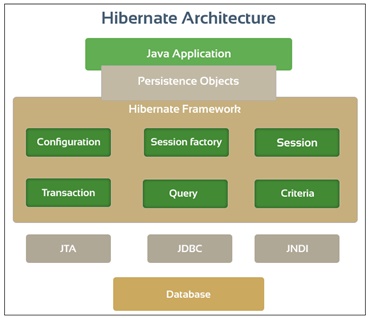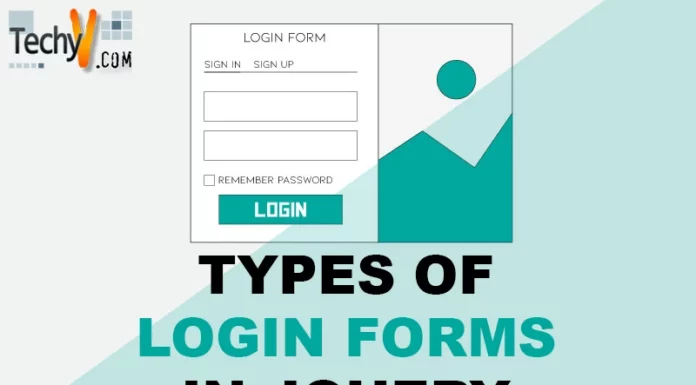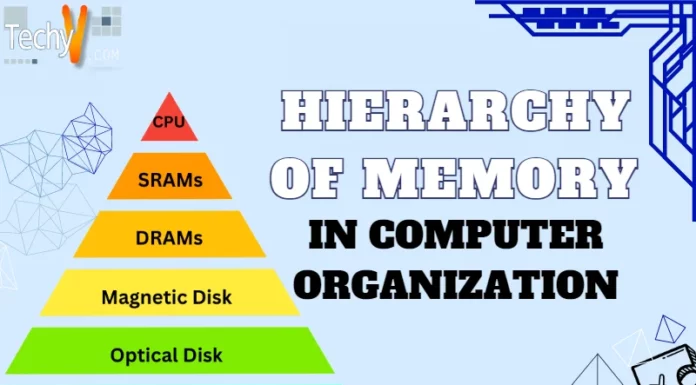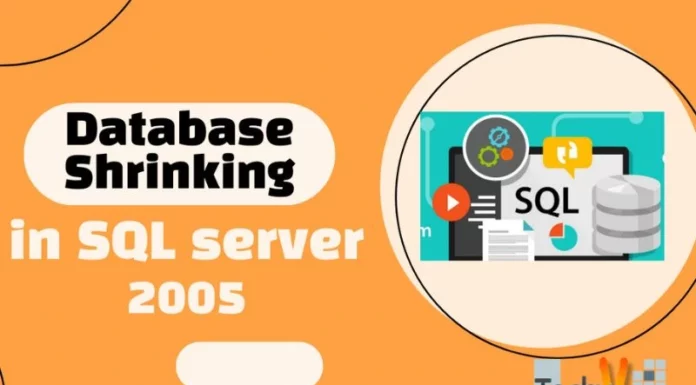Hibernate and its Importance to J2EE
The websites today are not just simple web pages; they do more than just providing static information. They need to be dynamic, transactional, and secure website. So business builds enterprise applications, which consist of business logic, and they provide many advanced functionalities than just a static website.

Enterprise applications followed Model View Controller (MVC) structure. The front-end can be made of any programming or scripting languages, whereas back-end needs to be the database to store the data. But the Java consists of objects and classes and database consists of tables with rows and columns. Java objects don’t understand the relational databases. So, this mismatch is called Object-relational impedance mismatch.
To solve this, we have got a concept known as Object-relational mapping (ORM) which uses XML files and other resources to map the Java objects to the databases.
There are several frameworks in ORM such as Hibernate, JPA, TopLink, Spring, etc.
Let us discuss about Hibernate in detail.
Hibernate is a persistent open-source framework, created by Gavin King in 2001. It is one of the solutions for Object-Relational Mapping (ORM) for JAVA. It is a powerful tool that provides high-performance Object-Relational Mapping. It provides query services for any Java application.
It is being used rapidly as it reduces 95% of developer’s complexity of programming and common data persistence tasks. It is known as a favorite tool for developers. It easily maps SQL data types to Java objects and in the same way, Java objects to SQL data types.
This is the architectural view of Hibernate. As it needs to handle the work of persisting those objects in the database based on appropriate patterns and mechanisms, it sits exactly between the database server and Java objects.

Let’s check out some of its advantages.
- Without the need for writing complex lines of code, Hibernate uses XML files to map Java classes to databases, which reduces the burden of the developer.
- It is packaged with a set of simple and powerful APIs which are used to store and retrieve Java objects to and from the database.
- You don’t need to change the XML file every time there is a change in the code. It just needs to be changed whenever there are changes in its configurations and properties.
- It includes simple querying of data.
- If the developer is not aware of SQL and he just knows Java, then this is the best way to choose as it lets the developers work with Java objects alone.
- The complexity of objects in the databases are reduced and manipulated.
- Hibernate operations don’t depend on the application server; it doesn’t need it.
- It has some fetching strategy which enables the minimal access to the database.
Though Hibernate has its own databases, it also supports other set major RDBMS such as Oracle, HSQL Database Engine, Sybase SQL Server, MySQL, FrontBase, Informix Dynamic Server, PostgreSQL, Microsoft SQL Server Database, and DB2/NT.
Hibernate supports a variety of other technologies such as Eclipse plug-ins, XDoclet Spring, Maven, and J2EE.

















